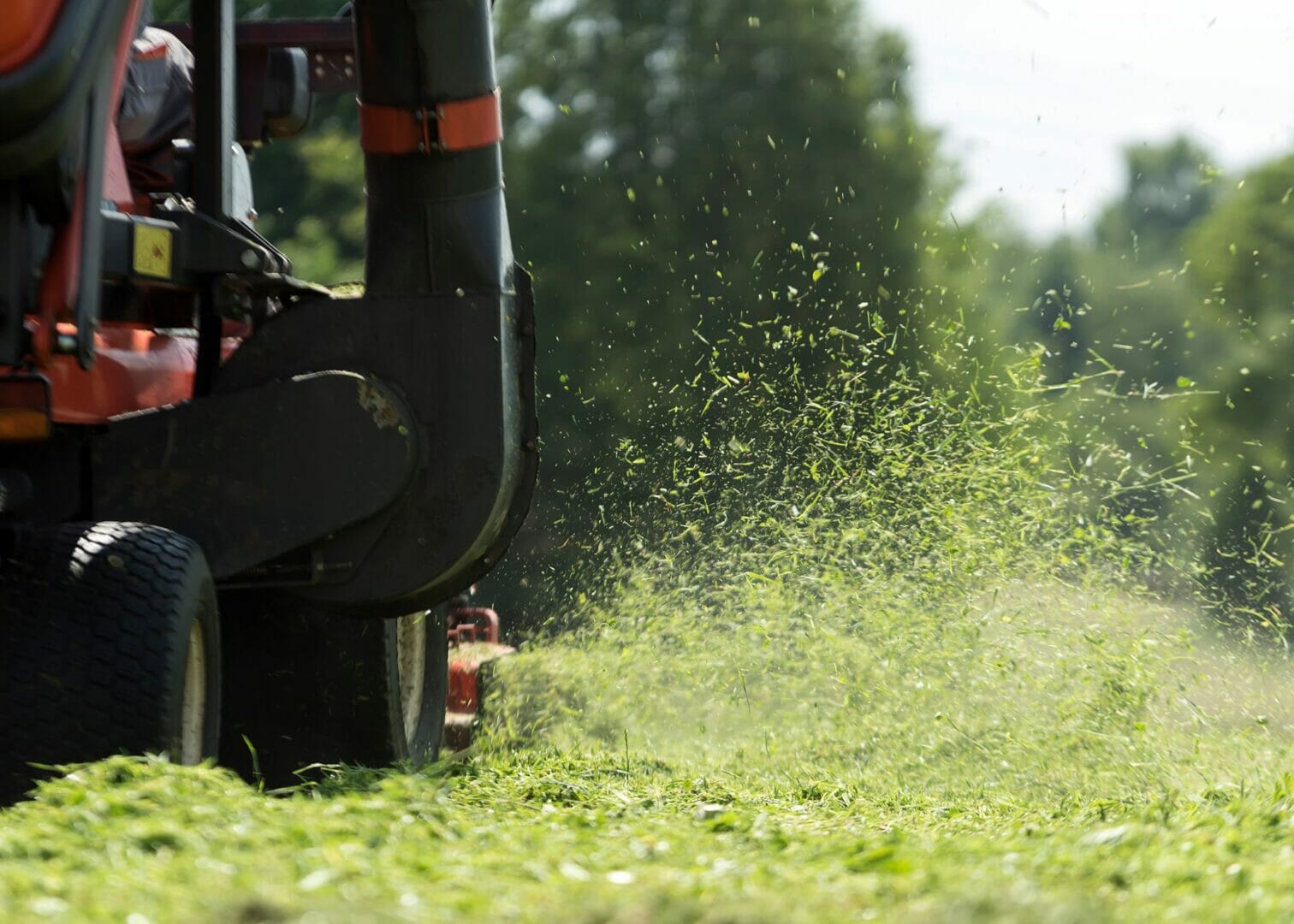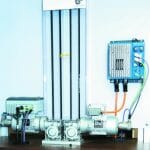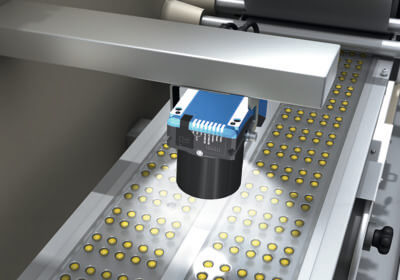Introducing new products offer manufacturers an opportunity to optimize production methodology and improve profitability. Discover how a leading manufacturer of outdoor power equipment partnered with a global supplier to design, test, and source new fastener technology that enhanced performance, reduced component investment, and increased productivity.
One Fastener Delivers Multiple Advantages
Introducing new products to market helps businesses stay competitive and meet customer demand. For manufacturers, it’s also an opportunity to optimize production methodology and improve profitability. A worldwide leader of outdoor power equipment seized this opportunity in support of its new ride on mower.
The manufacturer had two critical requirements for the new ride on mower 1) Transition to high strength/low alloy (HLSA) steel components to offer better mechanical properties and 2) Use smaller diameter fasteners to simplify the Bill of Materials (BoM) and enhance the reliability of associated joints, allowing for warranty improvements.
To design the right specification at the start, the manufacturer enlisted the help of engineering experts at Optimas, a global distributor and supply chain service provider of fasteners, c-class components, and MRO. “Developing a screw that provided an improved drive-to-strip ratio in the new, thinner steel materials that the customer had chosen while reducing the overall number of joints in the platform compared to the previous model were important. An ideal screw with an optimally designed mating could achieve both goals,” said Mike Eusanio, Applications Engineer at Optimas.
The two design teams worked in tandem to define the fastener solution. Through close communication and substantial testing, the manufacturer settled on an M6 screw, which provided the best performance.
All testing procedures took place at Optimas’ fastener manufacturing site in Wood Dale, Illinois. “We use state-of-the-art testing labs to assess the suitability of the components. By simulating joints with steel plates and frame members provided by the manufacturer, we could be sure to give the customer every available result to inform a correct decision,” explained Eusanio. With manufacturing capacity also on-site, the product could be produced quickly, despite the customized screw thread design.
The new fastener provided higher performance and efficiency, improving the quality and reliability of the mower. Furthermore, the manufacturer could reduce the fastener count by 40% on its future models. This helped to consolidate the supply requirements, reducing the components investment while expediting manufacturing times.
By introducing new components at the design stage, with the help of a fastener expert, manufacturers can gain operational and financial advantages that extend far beyond the finished product.
To learn more about Optimas, visit global.optimas.com.








